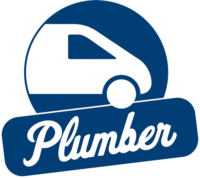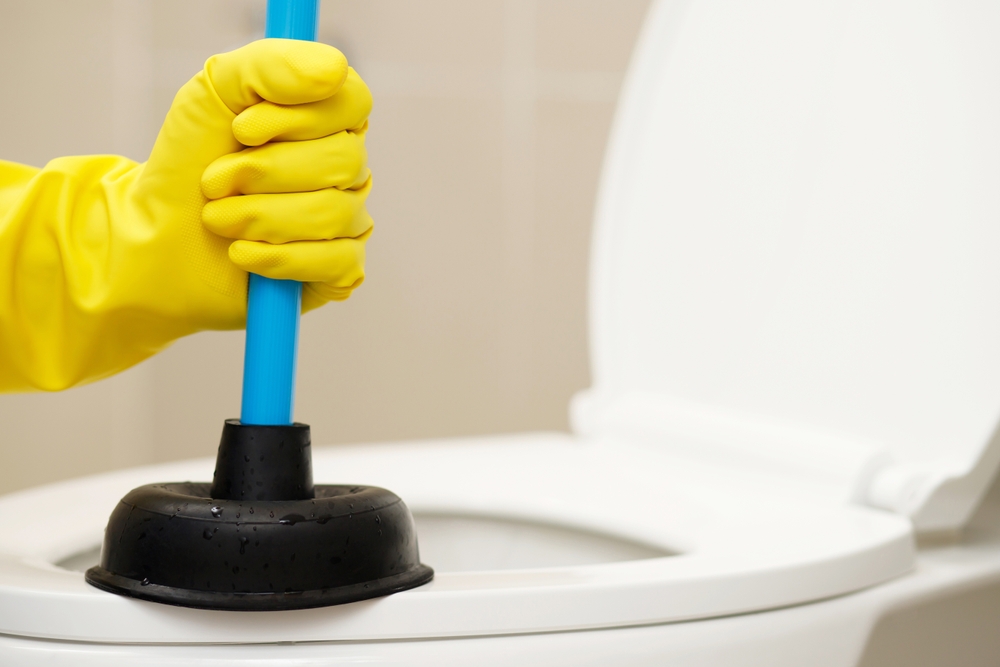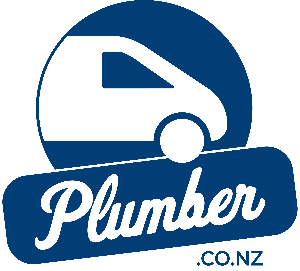Ever had that sinking feeling when your toilet decides to act up? From the embarrassing sounds to the inconvenient leaks, a misbehaving toilet can turn a good day into a not-so-great one. Whether you’re a homeowner, renter, or property manager, knowing how to tackle common toilet issues can save you a lot of hassle (and a bit of cash too).
While toilets are an essential part of our daily lives, they often get taken for granted until something goes wrong. Common problems can range from a constantly running toilet to a completely blocked one, each with its own set of frustrations. Ignoring these issues isn’t a good idea, as minor problems can quickly escalate into major headaches, leading to increased water bills and worst-case scenario, water damage.
In this comprehensive guide, we’ll walk you through the most common toilet issues, provide step-by-step instructions for DIY repairs, and offer tips on preventing blockages. So, grab your plunger and let’s dive in!
Common Toilet Problems
- Constantly Running Toilet
A toilet that runs non-stop is not just annoying; it’s a real water waster. This issue often stems from problems with the flapper or the fill valve. If left unchecked, it can significantly increase your water bill and waste litres of water every day.
- Weak or Partial Flush
Nothing’s more frustrating than flushing, only to see your toilet fail to do its job properly. A weak or partial flush usually indicates a problem with the water level in the tank or a blockage in the rim holes or siphon jet.
- Toilet Not Flushing at All
When your toilet refuses to flush, it can create quite a mess. This could be due to a few reasons, such as a faulty flapper, a disconnected handle, or a broader issue with the water supply to the tank.
- Leaky Toilet Base
A leaking toilet base can damage your bathroom floor and lead to unpleasant odours. This problem is often caused by loose toilet bolts or a worn-out wax ring.
- Toilet Making Strange Noises
Gurgling, whistling, or hissing sounds coming from your toilet? These noises can be unsettling and are usually a sign of underlying issues like a malfunctioning fill valve or trapped air in the plumbing lines.
DIY Toilet Repairs
Before we dive into the specifics of each repair, let’s gather the tools you’ll need:
- Plunger
- Adjustable wrench
- Toilet auger
- Replacement parts (e.g., flapper, fill valve)
- Screwdriver
- Rubber gloves
- Bucket
How to Fix a Running Toilet:
Checking and Adjusting the Flapper:
- Turn off the water supply to the toilet.
- Remove the tank lid and inspect the flapper for any signs of wear or damage.
- If the flapper is worn out, replace it with a new one.
- Ensure the flapper chain has the right amount of slack.
Replacing the Fill Valve:
- Turn off the water supply and flush the toilet to empty the tank.
- Disconnect the water supply line from the fill valve.
- Remove the old fill valve and replace it with a new one.
- Reconnect the water supply line and turn the water back on.
How to Fix a Weak Flush:
Cleaning the Rim Holes and Siphon Jet:
- Use a mirror to inspect the rim holes under the toilet bowl rim.
- Clear any blockages using a wire hanger or a small brush.
- Pour a mixture of vinegar and baking soda into the toilet bowl and let it sit for a few hours.
- Scrub the rim holes and siphon jet thoroughly.
Adjusting the Water Level in the Tank:
- Remove the tank lid and locate the water level adjustment screw on the fill valve.
- Turn the screw to raise or lower the water level as needed.
- Flush the toilet to check the flush strength.
How to Fix a Leaking Toilet Base:
Tightening the Toilet Bolts:
- Turn off the water supply and flush the toilet to empty the tank.
- Remove the caps covering the toilet bolts.
- Use a wrench to tighten the bolts evenly.
- Replace the caps and turn the water back on.
Replacing the Wax Ring:
- Turn off the water supply and empty the tank and bowl.
- Disconnect the water supply line and remove the toilet.
- Scrape off the old wax ring from the base of the toilet and the flange.
- Place a new wax ring on the flange and carefully reposition the toilet.
- Tighten the bolts and reconnect the water supply line.
Dealing with Blocked Toilets
Causes of Blockages: Blocked toilets are often caused by flushing inappropriate items (like wet wipes or sanitary products), a buildup of waste, or hard water deposits. Understanding what causes blockages can help you prevent them in the first place.
Preventive Measures:
- Only flush toilet paper and human waste.
- Avoid flushing large amounts of toilet paper at once.
- Regularly clean your toilet to prevent buildup.
- Install a water softener if you have hard water.
Unblocking Techniques:
Using a Plunger:
- Ensure there is enough water in the bowl to cover the plunger head.
- Place the plunger over the toilet drain and push it down firmly.
- Use a pumping motion to create suction and dislodge the blockage.
- Flush the toilet to check if the blockage is cleared.
Using a Toilet Auger:
- Insert the auger into the toilet drain and extend the cable.
- Rotate the handle to push the cable through the blockage.
- Once the blockage is cleared, retract the cable and flush the toilet.
Chemical Drain Cleaners:
- Follow the instructions on the product label carefully.
- Pour the recommended amount into the toilet bowl.
- Wait for the specified time before flushing the toilet.
- Use chemical drain cleaners sparingly to avoid damaging your pipes.
Natural Remedies:
- Baking Soda and Vinegar:
- Pour one cup of baking soda into the toilet bowl.
- Add one cup of vinegar and let the mixture fizz.
- Wait for about 30 minutes before flushing the toilet.
- Hot Water Method:
- Boil a pot of water and let it cool slightly.
- Carefully pour the hot water into the toilet bowl.
- Wait a few minutes and flush the toilet.
When to Call a Professional
Despite your best DIY efforts, some toilet issues require the expertise of a professional plumber. Here are signs that it’s time to call in the pros:
- Persistent Blockages: If your toilet keeps getting blocked despite your attempts to clear it, there may be a deeper issue that needs professional attention.
- Recurring Issues: If the same problem keeps happening, a plumber can diagnose and fix the underlying cause.
- Severe Leaks or Water Damage: Water damage can be costly to repair, so it’s best to address severe leaks immediately.
- Unfamiliar or Complex Problems: If you’re unsure how to fix an issue or it’s beyond your comfort level, it’s safer to call a professional.
Benefits of Hiring a Professional:
- Expertise and Experience: Professional plumbers have the knowledge and experience to tackle a wide range of toilet issues.
- Proper Tools and Equipment: Plumbers have access to specialised tools that can resolve problems more efficiently.
- Ensuring Long-Term Solutions: Hiring a professional ensures that the problem is fixed correctly, preventing future issues.
Conclusion
Keeping your toilet in good working order is essential for a hassle-free home life. While many common toilet issues can be tackled with a bit of DIY know-how, some problems require the expertise of a professional plumber. So, for persistent or complex problems, don’t hesitate to call in the experts at Plumber.co.nz. Our team is here to provide reliable and professional plumbing services across New Zealand.


